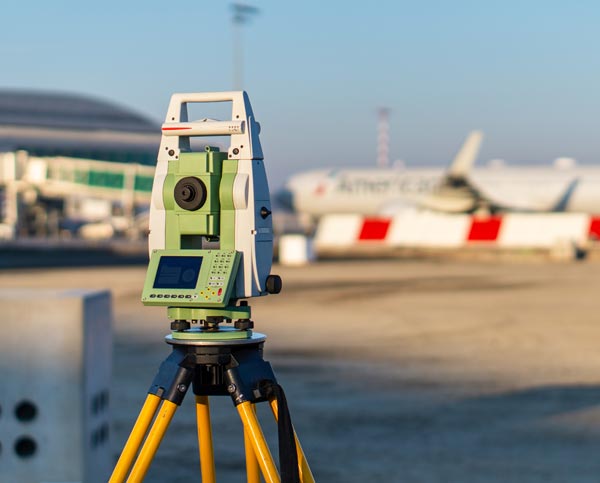A month has passed since President Joe Biden introduced his infrastructure plan. Formally known as “The American Jobs Plan,” it calls for $25 billion in airport infrastructure. Although Congress is a long way from funding it, it appears that airports and aviation are priorities for the administration.
Most experts agree updates in airport infrastructure are needed. New funding helps improve and expand facilities but also accelerate key initiatives like sustainability, data portability, operational efficiency and SWIM (System Wide Information Management).
Kevin Burke, Chief Executive of the Airports Council International — which Cirium is a member of — said “Twenty-five billion will go a long way to begin the process, but won’t complete the need,” at a conference in late March. “Over the next five years we are going to need $115 billion … to bring our airports to 21st century standards.”

Renewed investment in air travel is a key element of post-COVID recovery. The pandemic helped show weaknesses in decision making and planning systems and also shifted the way people fly. Cirium data shows Atlanta’s Hartfield-Jackson airport no longer the busiest in the world, and domestic travel-focused Guangzhou Baiyun has taken the lead spot.
Another recent change, calling for more investment in commercial planning, is the emergence of airports as regional economic and commercial centers. Airport property in places like Denver, Portland and other major cities have become home to large retail and commercial districts.
Airport infrastructure initiatives
Most experts believe the airport infrastructure investments will focus on four areas:
- Improvements to software systems and data for the FAA
- Facilities and equipment upgrades designed to make airports and air travel more energy efficient and sustainable
- Terminal renovations designed to keep US International hubs on par with upgraded facilities in Asia and Europe
- Turning airports into regional transportation and economic development hubs by connecting to local and national rail systems
It’s clear the current plan calls for a more networked approach to transportation and that any and all investments must also have an environmental or sustainability benefit. That requirement could lead to further investments and research into sustainable fuels and the ability to measure environmental impact by passenger or flight.
Investment planning for growth
Though it may be many months before additional funding is available, airports and regional governments should be analyzing their short-term and long-term growth plans and opportunities to leverage future investments. Key data critical for long term planning includes:
- Post-recovery schedules and routes for planning terminal, gate and security upgrades
- Local economic analysis and catchment data is critical when attracting new carriers and planning for new services
- Demand and schedule data for coordinating multi-modal transportation networks
- Fleet data to help attract MROs and plan for facilities upgrades
- Flight status, block times and on-time performance combine to measure how upgrades may improve the environmental impact of flight and support industry sustainability efforts
Digital transformation as infrastructure
Digital transformation should be at the heart of any upgrades. To maximize physical and plant upgrades, more fluid data sharing is needed. Overcoming data silos can improve safety, create more accurate block times, preventing delays and help make sure ground assets are fully utilized.
A critical example of an infrastructure program designed to advance the state of aviation is the FAA’s modernization of U.S. airspace plan introduced last August called NextGen. NextGen is a collection of initiatives and programs to make flying even safer, more efficient, and predictable. It relies heavily on data and the sharing of data to improve communications, navigation, and surveillance.

























































